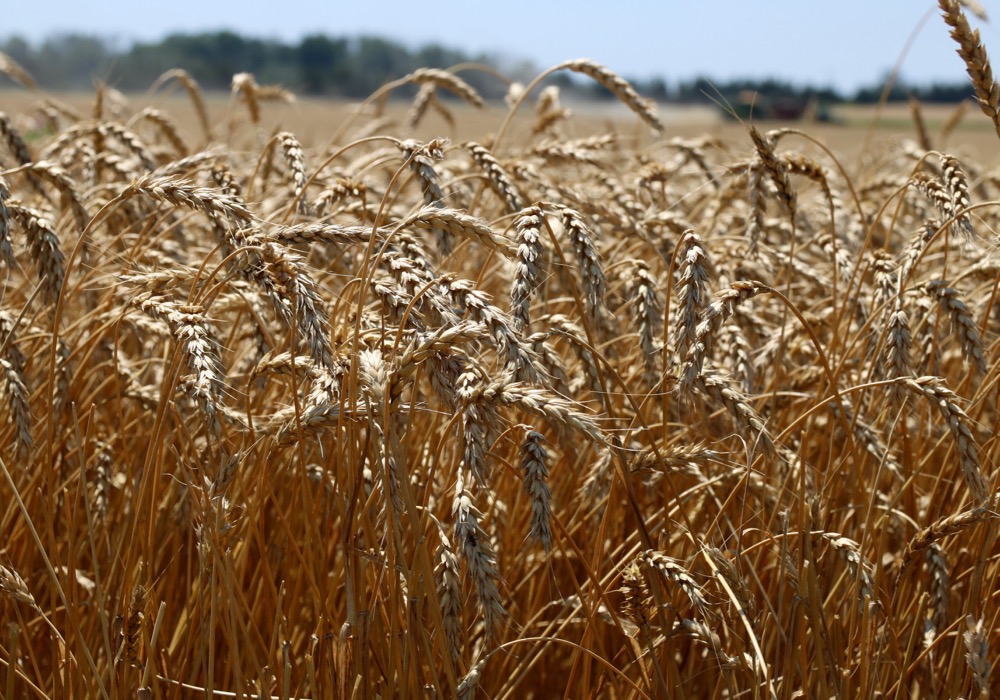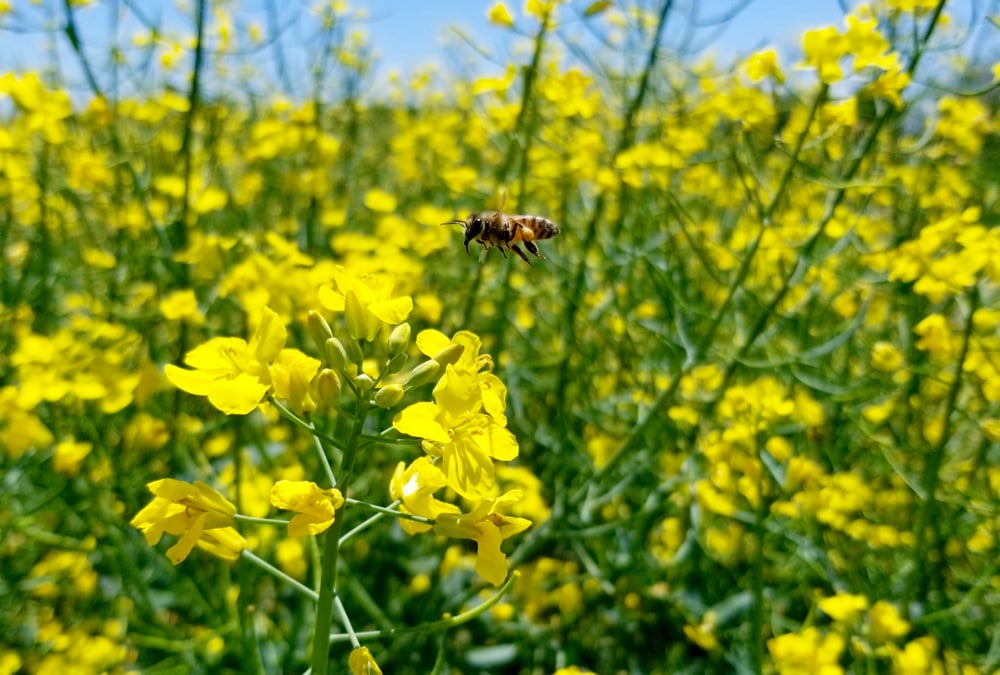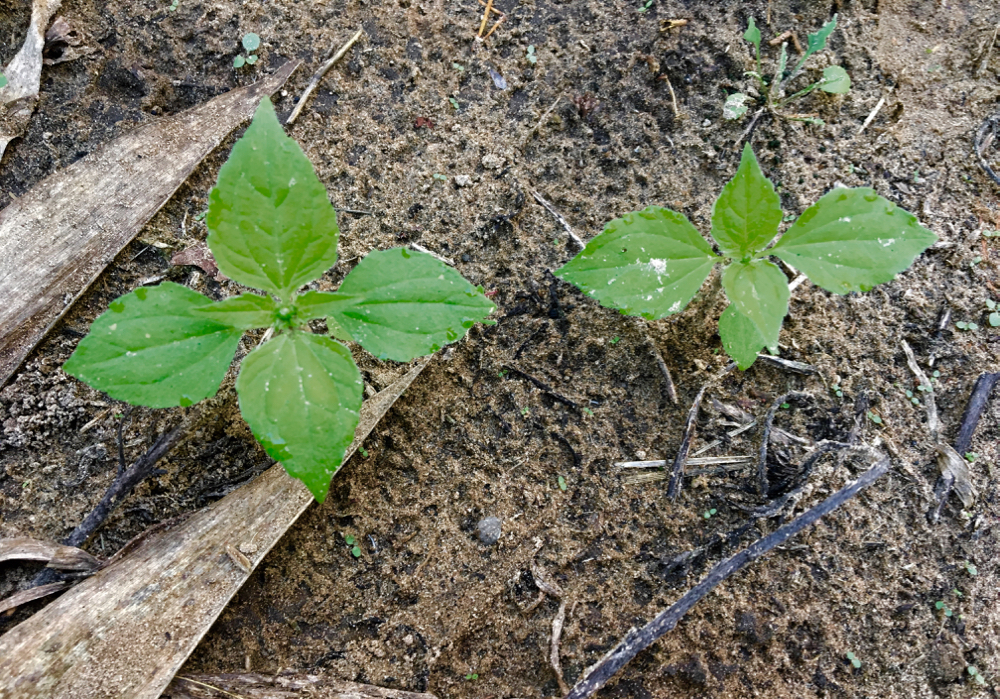Instead of calling it climate change, maybe the phrase should be “winter change.” For the last six years, Trevor Dickinson, professor emeritus and a team from the University of Guelph have been studying temperature records from across Ontario, most of which date back 70 years, with some as old as 145 years, and their big finding is that our winters are warming much faster than our summers.
“We thought that we’d just look at the temperature data, and we found that yes, temperatures have been going up, and they have been going up — for any of the stations — for as long as there are records,” says Dickinson.
Read Also

Sensing the soil: Root cell research finds ‘stress hormone’
Research into how root cells react to soil stressors could help plants better adapt to changes in their climate.
Then Dickinson and some of his colleagues took a closer look, monitoring daily types of temperature data, since he’d been studying those while engaging in earlier research work. “What are daily temperatures doing, and not only that, what are extreme maximum temperatures doing?” asked Dickinson. “That gave us some surprises.”
It turned out that Ontario’s extreme summer temperatures, i.e. the highest temperature this year versus last year, etc., haven’t gone up at all.
But the extreme minimums in winter did go up, and in many years, they’ve shown a considerable jump.
Similarly, summer minimum (i.e. nighttime) temperatures have gone up a little, but winter minimums have gone up much more.
“When the minimum dailies go up in the winter, it means the number of frost days goes down…the number of nights we go below freezing starts to decrease,” says Dickinson. “Across southern Ontario, we’ve gained 25 frost-free days in the last century. That’s almost a month just in the winter period.”
Dickinson’s team also looked at winter precipitation. With fewer frost days, there’s the potential for snowfall to turn to rainfall. There’s also a greater potential for more snowmelt, due to warmer winter temperatures, fewer frost days, and more rainfall and more snowmelt during those “winter shoulder” periods (late November into December and then in March).
It all means that run-off and stream flows were likely much smaller 50 years ago, Dickinson suspects. He has begun to examine some of the stream-flow hydrographs across Ontario. Even though results are limited, he is seeing winter flows that are up and in some cases double what they were.
That seems to support anecdotal evidence from associates who monitor tile flow, and reporting more tiles running in the winter compared to years ago when they didn’t.
Dickinson cautions against reading too much into these results: if winter flows in the past were one per cent, doubling means they’ve only risen to two per cent. Still, the bottom line on this branch of his research is that winter flows are increasing.
“It means there’s more water moving,” says Dickinson. He adds that if there’s less snowfall and more snowmelt in the winter, it suggests that the end-of-winter snowpack will be smaller, leading to the potential for a smaller spring freshet. “We’re just beginning to look at the hydrographs that way in these natural areas, and sure enough, the spring freshets are down and occurring a little earlier.”
The road (or waterway) ahead
There are also more facets of Dickinson’s research that may have more direct impacts on farm and crop management. In spite of the fact that the more concrete change has come in winter, Dickinson has heard from another Guelph professor emeritus, Dr. David Hume.
“He has encouraged me to look at other things — that if frost-free days have gone up, well, what about heat units?” poses Dickinson. “So we’ve toyed with some of those, and even with the summer maxes, the extremes haven’t gone up, but nighttime temperatures (in summer) have gone up a little bit.”
Farmers can help themselves in many ways, he adds, noting that most know the parts of their fields where surface water collects or that experience the most run-off. If they can put measures in place that limit that — or enable it to run under the surface, for instance with properly installed Hickenbottoms and tile drainage systems — then those practices do more to help mitigate the impact of weather.

















